Let us know about China occupied Jammu and Kashmir that is equivalent to the state of Haryana
Jammu and Kashmir is the 15th state of India that acceded to India on October 26, 1947 and a geographical area of approximately 2, 22,236 SQ. km became an integral part of it. In 1962, China has illegally occupied 37,555 sq. km. area of Aksai Chin of Jammu and Kashmir. Later in 1963 Pakistan ceded around 5,180SQ. km. area of Shaksgam valley to China though Pakistan was not legally permitted for it because this land was part of Jammu and Kashmir and it belonged to India. So, this combined area of Aksai Chin, Minsar and Shaksgam valley (42,735SQ.km.) collectively called Chinese occupied Jammu and Kashmir. Both Pakistan and China rejected India’s claim with citing their own logics. But a provision was added in the agreement that the settlement would be provisional, pending a solution of the dispute over Jammu and Kashmir between India and Pakistan. on March 2, 1963 Sino-Pakistan frontier agreement was signed in Beijing by Pakistan Foreign Minister Bhutto and Chinese Foreign Minister Chen yi but the China considered it a disputed area between India and Pakistan. Hence, it added a clause in the agreement in this regard, the Article 6 of the 1963 China- Pakistan agreement mentions that “after the settlement of the Kashmir dispute between Pakistan and India”, and the final agreement would replace this agreement. The Shakasgam valley was provisionally ceded to China by Pakistan under the March 1963 Sino - Pak Boundary agreement. Hence, China has occupied an area of 42,735SQ. km. that comprised of Aksai Chin, Minsar and Shaksgam valley of Indian territory. Under first schedule of the constitution of India, Jammu and Kashmir is the 15TH state of India. According to section 3 of Jammu and Kashmir Constitution, the state of J&K is an integral part of India and section 147 states that the state government cannot change section 3 of J&K constitution. The accession of the state was complete and irrevocable, which cement the claims of India over the entire state of Jammu and Kashmir. Therefore, the entire state of Jammu and Kashmir including China occupied Jammu and Kashmir belongs to India. China occupied Jammu and Kashmir that is equivalent to the state of Haryana and it have 4057 km LAC boarder line that separates India and China and it travels through three areas viz. Western (Ladakh, Kashmir), middle (Uttarakhand, Himachal) and eastern (Sikkim, Arunachal) which is sparsely populated.
The Hunzaand Nagar states annexed by the British in 1891-92 and the rulers of these regions paid tribute to Maharaja of Jammu and Kashmir. Though Chinese have always maintained that there was some kind of boundary between Hunzaand Chinese Turkistan but China has never administered the area, even then the Communist Government in 1959 showed some 15,540sq. km. area of Hunzaand Gilgit as theirs. China had also done some military excursion in these areas since 1953. By 1962, China had illegally occupied around 37,244 square km soft land of Aksai Chin, which is sparsely populated. Though war was ensued between India and China in 1962 but the areas could not be retrieved. Minsar, an Indian principality has been a home to Ladakhi and Kashmiri traders and pilgrims. Minsar though surrounded by Tibet paid taxes to the Kingdom of Ladakh. During 19TH century, when Ladakh was annexed in the state of Maharaja Gulab Singh, Minsar automatically became part of it. In 1953, when the then PM Nehru was willing to sign the Panchseel Agreement, he expressed his wish to renounce the right of Minsar as goodwill gesture towards Communist China but his wish should have the sanction of Indian Parliament, as ceding a territory comes in the domain of Indian Parliament. This sanction was never taken and no agreement, treaty or convention was signed in this regard. Therefore, Minsar was never given to China and any claim of latter on it remains illegal and invalid. Pakistan ceded Sakshgam valley to China and India’s protest against it after illegal occupation of its large part of land mass.
In May 1962, Beijing announced officially that the Governments of China and Pakistan are entering into negotiation of boundary dispute. India strongly objected to this agreement for the land that belongs to India. India expressed its displeasure into the agreement and the Indian Defence Minister Krishna Menon called this agreement illegal and said in United Nation Security Council in May and June 1962: “over and above all this then has occurred the situation in which Pakistan today not for any good reason, but merely nuisance values and its instrument to put pressure on us has entered negotiations and, I believe, has concluded agreements with central Government of the People’s Republic of China. That agreement is in total violation of any rights or authority Pakistan may possess, for Pakistan has no sovereignty over this State. Secondly, it was not necessary even for considerations relating to Pakistan own security. More- over, it has been done on a basis that we cannot accept. Our position in regard to China and Chinese claims, which is not under discussion before the Security Council remains clear”.
The protest note of Government of India was also sent to China and Pakistan on May 10, 1962 stating: “In lodging an empathic protest with the Government of People’s Republic of China for this interference with the sovereignty of India over the State of Jammu and Kashmir, the Government of India solemnly warns the Government of China that any change, provisional or otherwise, in the status of the State of Jammu and Kashmir brought about by third parties which seek to submit certain parts of Indian territory to foreign jurisdiction will not be binding on the Government of India firmly repudiate any agreements, provisional or otherwise, regarding her own territories arrived at between third parties who have absolutely no legal rights and moral standing to do so.
In the recent time, India’s construction of a feeder road that would connect with the road built last year from Darbuk-Shyok in Galwan valley to Daulat Begholdi was a trigger to Chinese officials who saw this as an aggressive tilt in India’s border strategy. This road strategically connects Leh to the Daulat Begholdi military airbase allowing expedient mobility of troops and equipment to the LAC. Control over this road requires a control of the Galwan valley ridgeline where the June 15 clashes took place. More importantly, control of the valley would provide India access to Aksai-Chin, which holds the Tibet- Xinjiang highway. West of Daulat Begh-oldi is Gilgit-Baltistan, part of the PoK (Pakistan occupied Kashmir) region and part of CPEC (China Pakistan Economic Corridor). China is apprehensive of India’s strategic leverage in the region to compromise the CPEC. This could have a disastrous impact on the Belt and Road Initiative (BRI) and China’s socio-economic and political stability. BRI also links to China’s own security concerns in Xinjiang and therefore any threat to the CPEC may be viewed as a threat to China’s unity, sovereignty, and territorial integrity. This road also raises China’s trepidations regarding Aksai-Chin which it occupied after the 1962 WAR.
Additionally, the remarks of Indian Union Minister, Amit Shah, in 2019, claiming the Chinese-occupied Aksai Chin to be within the territory of India had served China’s geopolitical and nationalistic insecurity no better. The Chinese establishment is nervous of the fact that India may team up with USA to target China with regional allies of America hence it has adopted an aggressive posture to scare off the India threat and its long term strategy to topple China in taking back Aksai Chin back. The events in 2020 are likely to alter major territorial boundaries of the region.







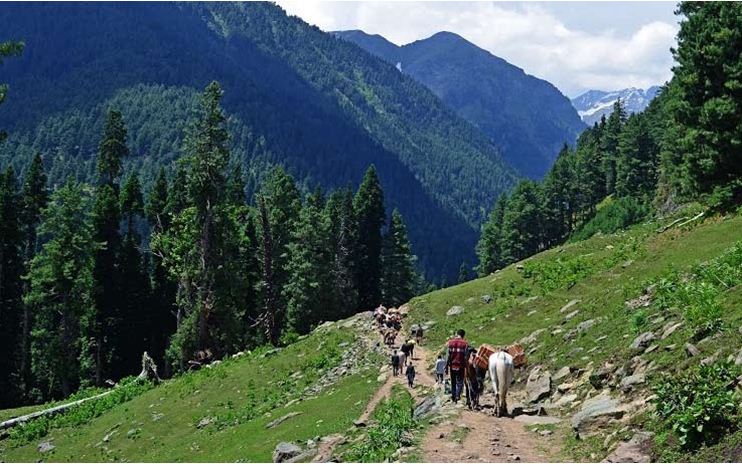
 OpinionExpress.In
OpinionExpress.In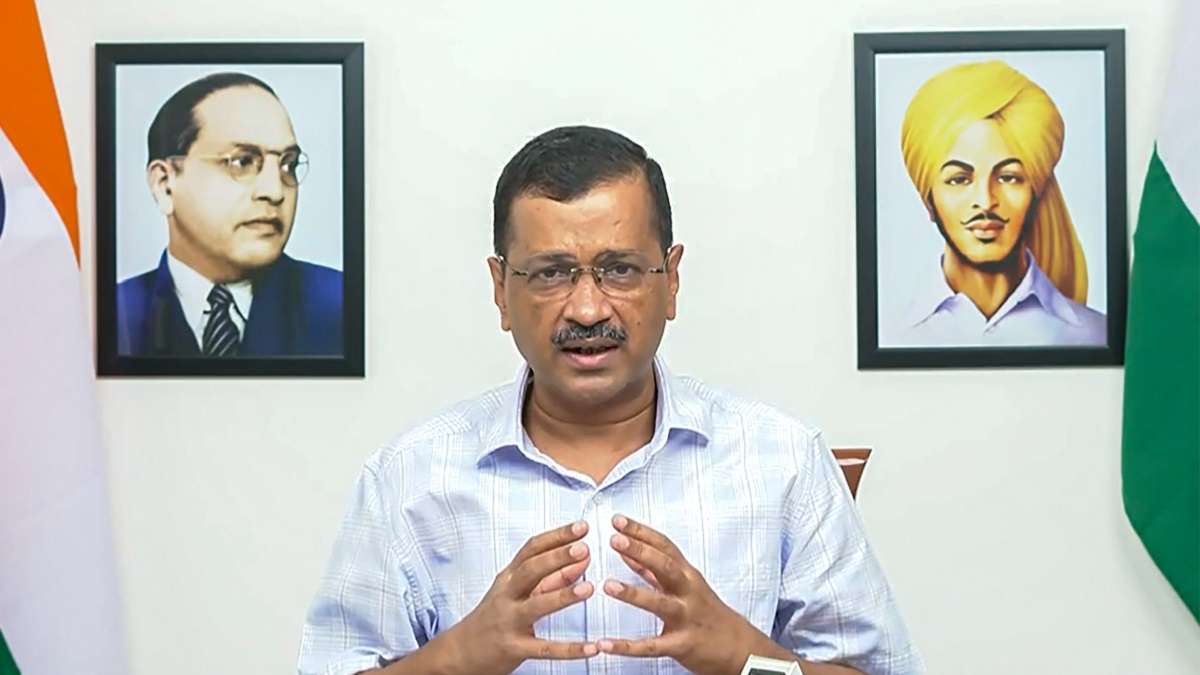
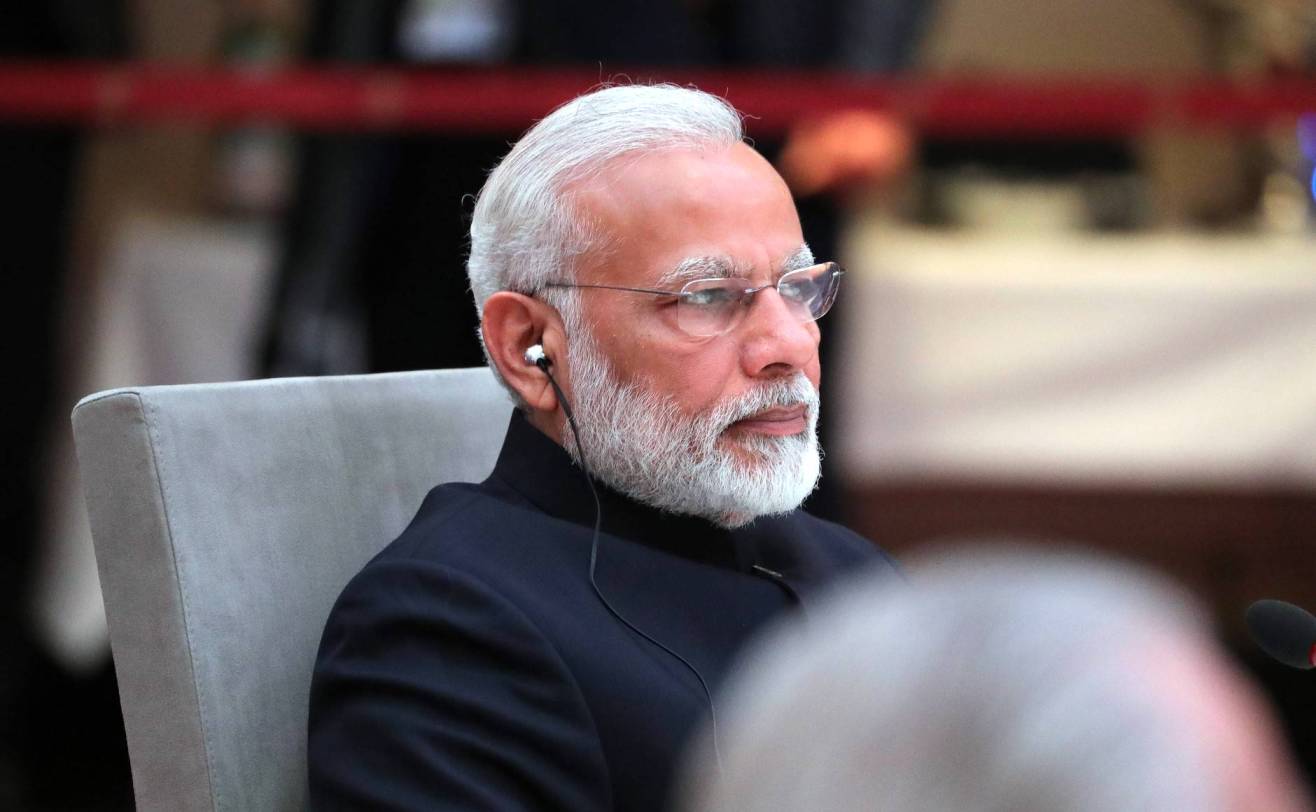

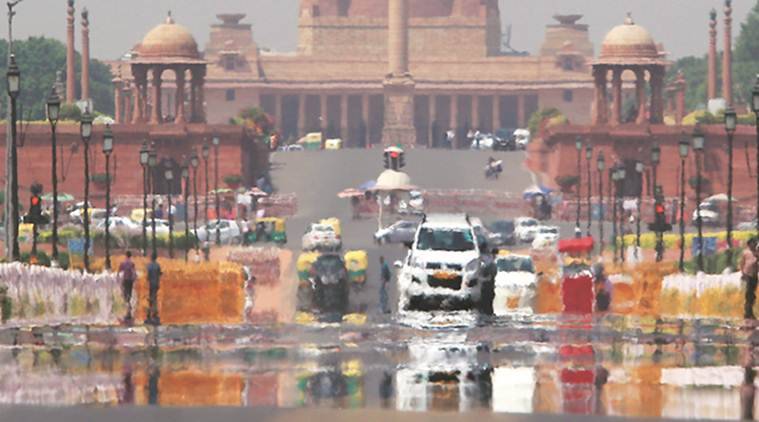
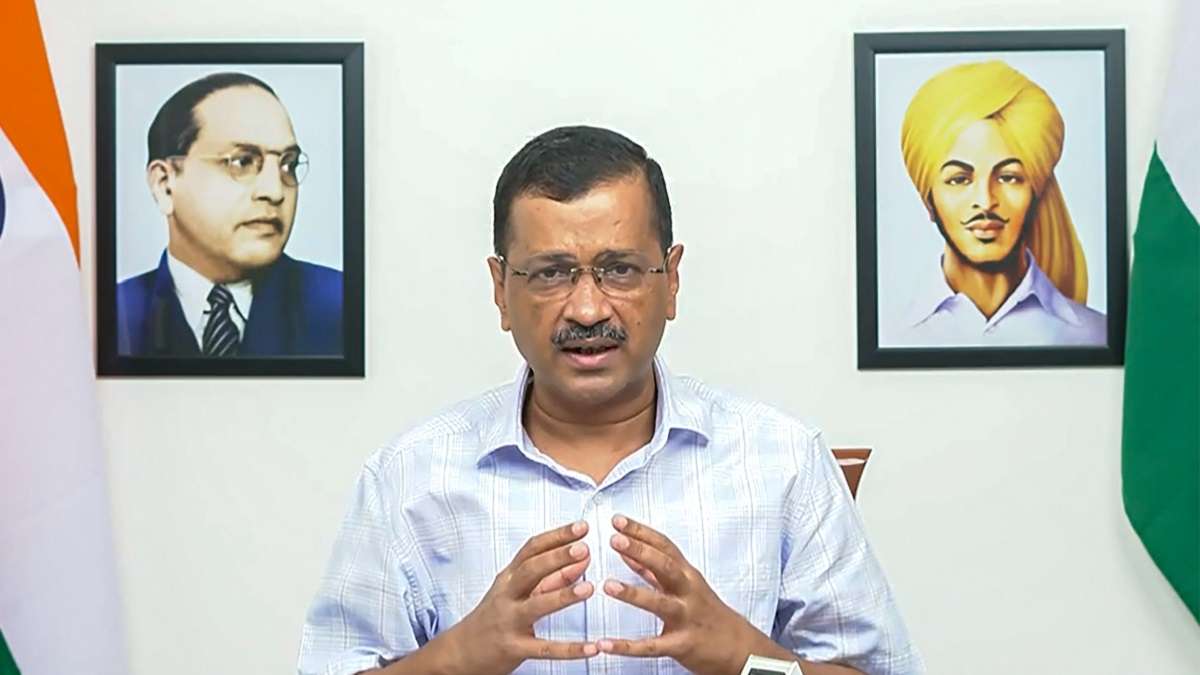



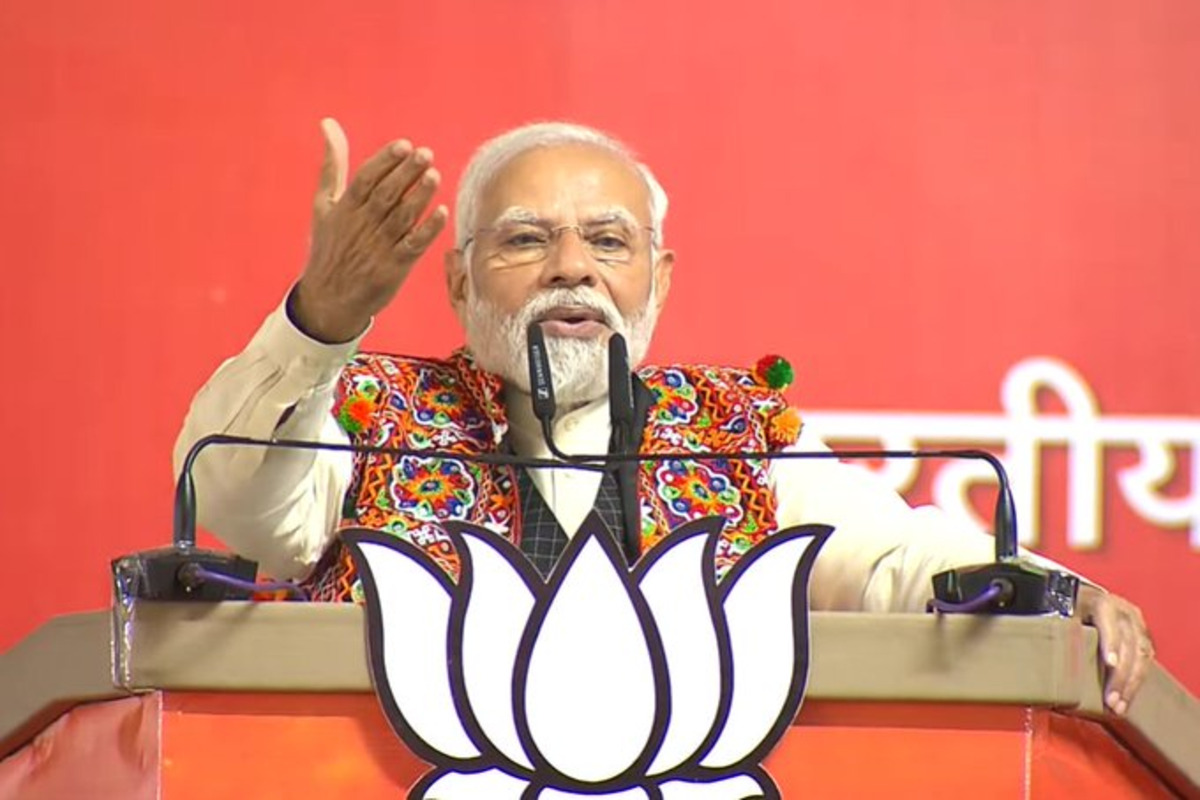







Comments (0)